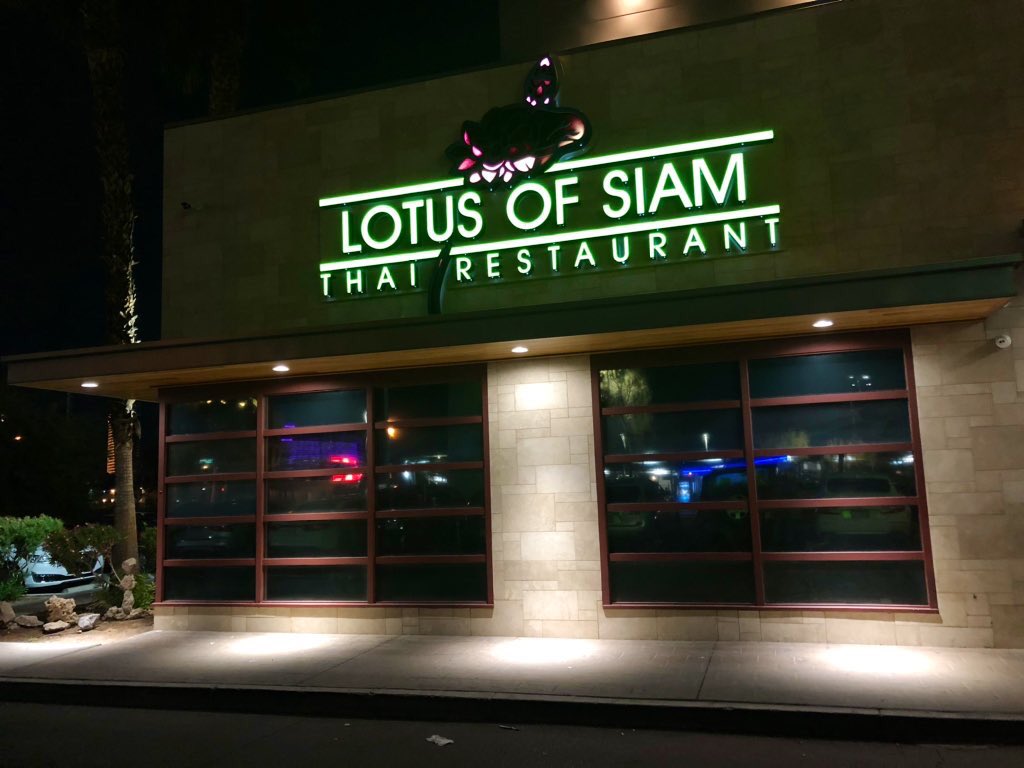
That’s how we’d characterize the DESERT COMPANION RESTAURANT AWARDS 2019.
Or as we like to refer to them: “the only restaurant awards that count.”
They’re small in number, but they also mean something — representing sustained excellence that enhances not just their customer’s palates, but the Vegas food/restaurant scene as a whole.
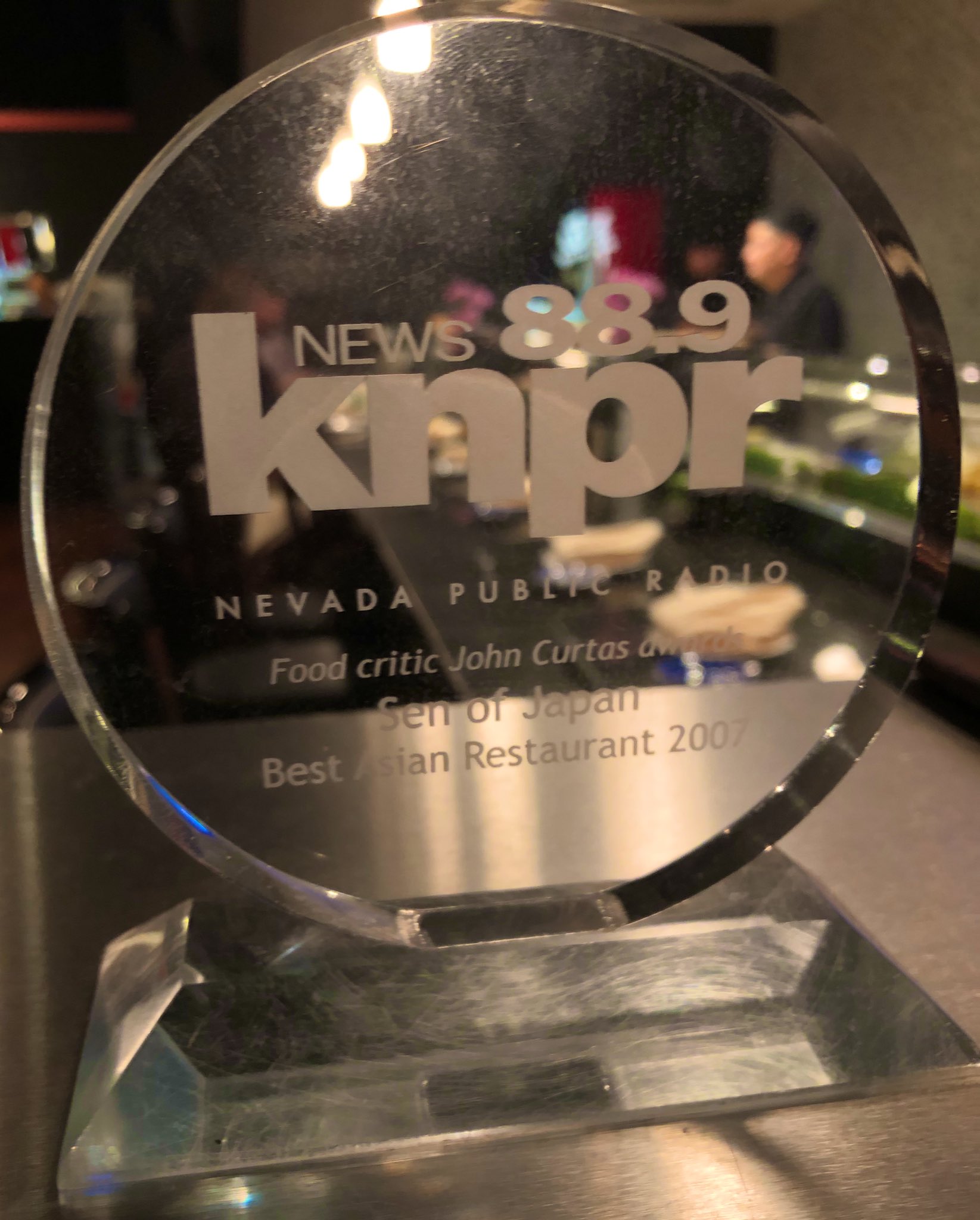
The text below represents the awards written by yours truly (as I’ve been doing for over 20 years). In the beginning, I was a committee of one (see the ancient artifact above). Now, they are orchestrated by Editor-in-Chief Andrew Kiraly and my fellow writers, and year in and year out, they stand for the best Las Vegas has to offer.
(Ed. note: We’d like to take credit for all of the stunning photography below, but most of it has been brazenly lifted/plagiarized/stolen from the brilliant photographer Sabin Orr and Desert Companion magazine.)
HALL OF FAME – Picasso
 (Look no further for the world’s best veal chop)
(Look no further for the world’s best veal chop)
There are very few restaurants in the world that truly can be called unique, and Las Vegas — spiritual home of the absentee celebrity chef — is not the first place you’d expect to find one-of-a-kind dining.
Picasso gave the lie to this reputation from the beginning. It wasn’t an offshoot of anything, and from the moment it swung open its doors at Bellagio in 1998, it offered something no other eatery in the world could match: a gallery of masterworks from Pablo himself hanging on the walls and filling the spaces — a mini-museum, if you will, where the art matched the food and vice versa. Those paintings and sculptures proved to be the perfect backdrop for Julian Serrano’s cuisine, and night after night the room is filled with knowledgeable patrons dividing their time between gazing at the art or becoming absorbed in the beauty on their plates.
Serrano has always been the antithesis of the gallivanting media star, and his Spanish-inflected Mediterranean menu is as eye-catching as the cubism on display. Whatever alchemy brought him and those paintings together was sheer wizardry, and for 21 years it’s given Las Vegas a restaurant experience unlike any other, anywhere.
EXCELLENCE IN SERVICE AND MANAGEMENT – Michael Mina
 (The Big 3 at MM)
(The Big 3 at MM)
Great service should be not too fast, not too friendly and almost invisible. Think of it as the inverse of pornography – you know it when you don’t see it.
A great restaurant operates with the concealed efficiency of a fine-tuned watch, every joint, mechanism and movement dependent upon the other, coiling and uncoiling every second, seamlessly sweeping you through the time spent enjoying your meal. Time spent at Michael Mina has always been a good investment, and one of the reasons is unfailingly great service.
Since 1998 it has held down its corner of the Bellagio as a bastion of seafood and San Francisco-inspired elegance. The food and the decor have always been stars in their own right, but the unsung heroes at work every night are the management and staff, who seat the customers, mix drinks, pour the wines and toss the tartares. Holding them all together is General Manager Jorge Pagani (pictured above with Executive Chef Nick Dugan and Sommelier Kayla Krause), a maestro who performs in the lowest key, quietly charming a steady stream of customers while keeping his troops in shape.
Chefs and sommeliers have come and gone over the years, but Pagani, has been a constant. From the moment you approach the hostess stand until you pay your bill, you sense the quiet hum of a restaurant that is doing everything right. Watching the staff shift from table to table, filleting fish, unveiling pot pies, and carving and mixing is a symphony without music. Michael Mina makes you feel as cosseted and cared for as any restaurant in Las Vegas, and like all real pros, they make it look easy. In fact, you almost don’t see it at all.
PASTRY CHEF OF THE YEAR – Pierre Gatel

You might be excused for wondering what all the shouting is about when you roll up on Café Breizh for the first time. It sits towards the far end of one of those generic strip malls that are as Las Vegas as slot machines in a grocery store.
But do not be deterred by the surroundings, for once inside you will find the best French pastries in town. The selection is small but the craftsmanship, artistry and intense flavors will grab you from the first bite. There is no better croissant in Vegas, on or off the Strip; the chocolate éclair is so packed with custard it threatens to burst its pastry case, and the picture-perfect tarts do that tri-level taste thing (crusty, creamy, and fruity) that the French perfected around the time the musketeers were buckling their swashes.
Pierre Gatel is the chef, owner and hand-maker of each of these, and from the day he opened three years ago (after a stint at the Wynn), Francophiles, Napoleon nabobs and Danish devotees have made a beeline here for his creations. He also does a limited number of baguettes every day which sell like hotcakes, so go early if you want to grab a loaf and feel like les Français on your way home.
Las Vegas is blessed with a wealth of pastry talent, but most of it stays in the hotels. Now we have one of them staging his magic right on south Fort Apache, in a spot that feels like a slice of Paris, and the alchemy he performs daily with butter, flour, cream and sugar is something to behold.
NEW RESTAURANT OF THE YEAR – Vetri
 (Vetri got our goat)
(Vetri got our goat)
Vetri, if you let it, will take your breath away. The qualifier is important because, magnificent as it is, Vetri isn’t for everyone. Crowd-pleasing isn’t in its vocabulary, and pizzas and chicken parm are nowhere to be found. This is sophisticated Italian fare, the kind well-heeled northern Italians eat. All of it served in a nonpareil setting — 56 floors up, without a doubt the most spectacular of any Italian restaurant in the country — a location that puts to lie the old adage that the higher you get off the ground the worse the food gets.
Marc Vetri made his name in Philadelphia, running what many consider the best Italian restaurant in America. With this offshoot he has bestowed upon Las Vegas a jewel box of restaurant loaded with Piemonte gems foreign to most people’s Italian vocabulary — casoncelli, tonnarelli cacio e pepe, Swiss chard gnocchi, not to mention smoked roasted goat — all of it unique to Las Vegas and every bite a revelation.
No restaurant enhanced Vegas’s foodie cred more than it did in the past year, and at a time when everyone is announcing the death knell of fine dining, The Palms brought a dose of big city sass to our scene. You don’t have to dress to the nines to go there, but the food on your plate (and that view) will make you feel like a million bucks. Quite a splash for something residing so high in the sky.
CHEF OF THE YEAR – Matthew Hurley
 (You can’t beat this man’s meat)
(You can’t beat this man’s meat)
In the past few years, it’s become deliciously obvious to us that Wolfgang Puck’s CUT ought to be re-named Matthew Hurley’s CUT. We’re kidding of course, because it is Puck’s gastronomic gravitas that enables Las Vegas to have one of the world’s greatest steakhouses in our backyard.
But calling CUT just another celebrity beef boutique would be a grave injustice, because by flexing his own culinary muscles, Hurley has taken CUT to a level few meat emporiums could ever dream of. No doubt his creations are highly vetted by his corporate masters, but they give him more than a little latitude to play with his food, and what he has done with his freedom, and all the top shelf ingredients at his disposal, is stunning.
Hurley uses CUT like a painter uses a palette — toggling back and forth between the raw and the cooked like no steakhouse you’ve ever seen. It’s not easy to pull off a cheese cart, a raw bar, world-beating steaks, and gorgeous pasta, and never miss a beat. The elegant fish cookery alone would be right at home in some hoity-toity French joint, and he and his minions are equally adept at slicing high-grade sashimi and various Italian carpaccios.
If those aren’t enough, and you’ve got a hankering for Yukhoe (Korean steak tartare) or some maple-glazed pork belly, well, he’s got you covered there, too. It would be all too easy for a CIA graduate like Hurley (who has been at the restaurant since its opening in 2008) to sit back, go through the motions, and rake in the dough. Instead, his restless spirit has transformed CUT Las Vegas into one of the best restaurants in America.
RESTAURANT OF THE YEAR – Lotus of Siam
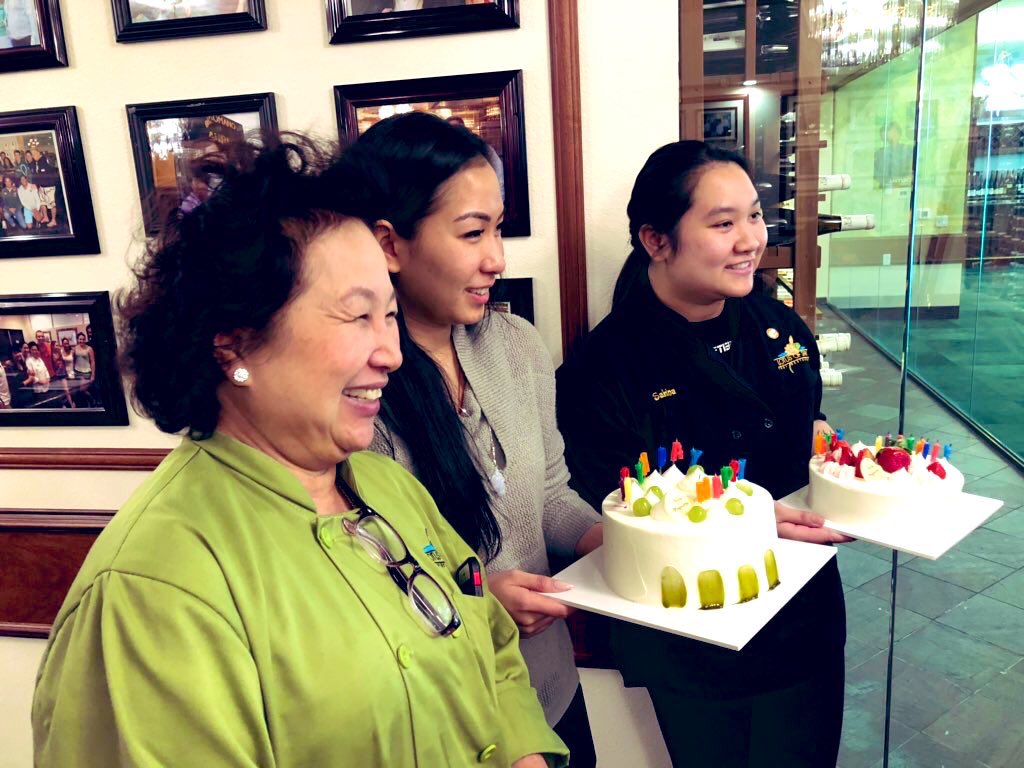
When the roof literally caved in on Lotus of Siam two years ago (after a deluge), many feared it would be the death knell for Las Vegas’s most famous restaurant.
The previous seventeen years had seen the Chutima family (Saipin, Penny, and Sabrina above) build an obscure Thai kitchen in a run-down shopping center into a Las Vegas institution. It had already been called “The Best Thai Restaurant in America” for over a decade when Saipin Chutima won her James Beard award in 2011, and once the recession subsided, it was the restaurant on every foodie’s lips the minute they landed at McCarran.
Instead of throwing in the towel after that flood, the family quickly found a new location on East Flamingo, and faster than you can say koong char num plar, what had been a hole-in-the-wall was transformed into a sleek, modern restaurant that was suddenly as on-fire as one of Chutima’s nam prik noom. Instead of being a set-back, the move created a boom. Being closer to the heart of the Strip brought in a flood of new customers and the new digs provided a more fitting backdrop for this award-wining cuisine.
What distinguishes Lotus from its competitors are its refined northern Thai dishes that retain the soulful authenticity (and pungent, pulsating electricity) that more Americanized Thai places sacrifice to please the American palate. Be it khao soi or koi soi these recipes crackle with the energy (and chilies) Siamese food is known for. (It is a crime to order anything here below “medium spicy.”) This grander stage seems to have caused the whole operation to snap to attention and also befits the elegance of one of America’s greatest white wine lists.
Maybe it was the flood, or the inspiration from a new home, but everything from the service to the spicing seems crisper and more consistent these days. Sometimes it takes a disaster to bring out the best in us. Because of one, Saipin Chutima finally found a space to match her transformative, one-of-a-kind cooking. It was the late, great Jonathan Gold who first bestowed “the best” accolades upon Lotus of Siam, and now, finally, it looks the part.
Click on this link to read about the rest of these worthy recipients from Jim Begley, Mitchell Wilburn, Lissa Townsend Rogers and Greg Thilmont:
ASIAN RESTAURANT OF THE YEAR – Tatsujin X
COCKTAIL BAR OF THE YEAR – The Sand Dollar Lounge
HIDDEN GEMS OF THE YEAR – Hardway 8 and Trés Cazuelas
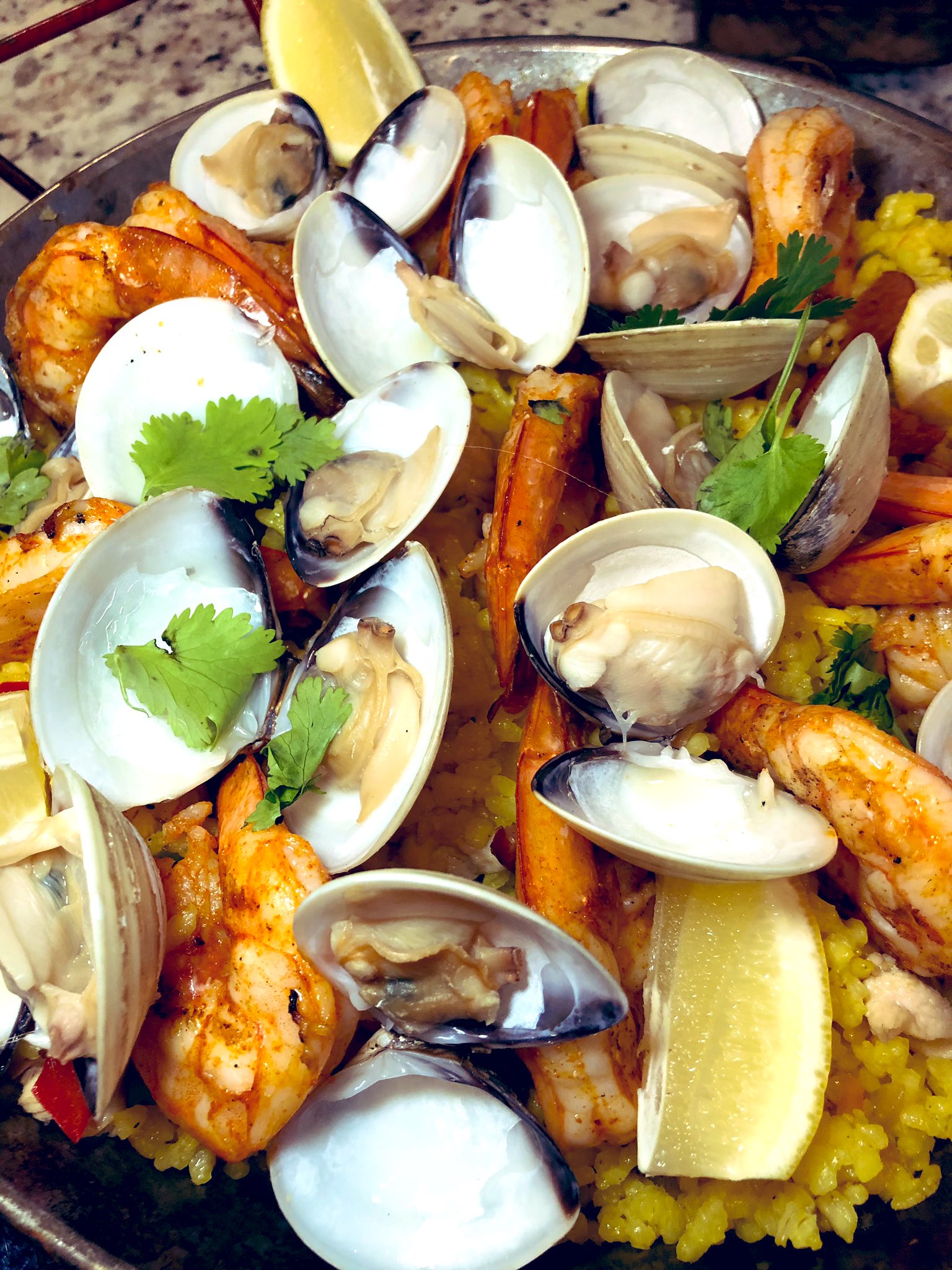
STRIP RESTAURANT OF THE YEAR – Mott 32
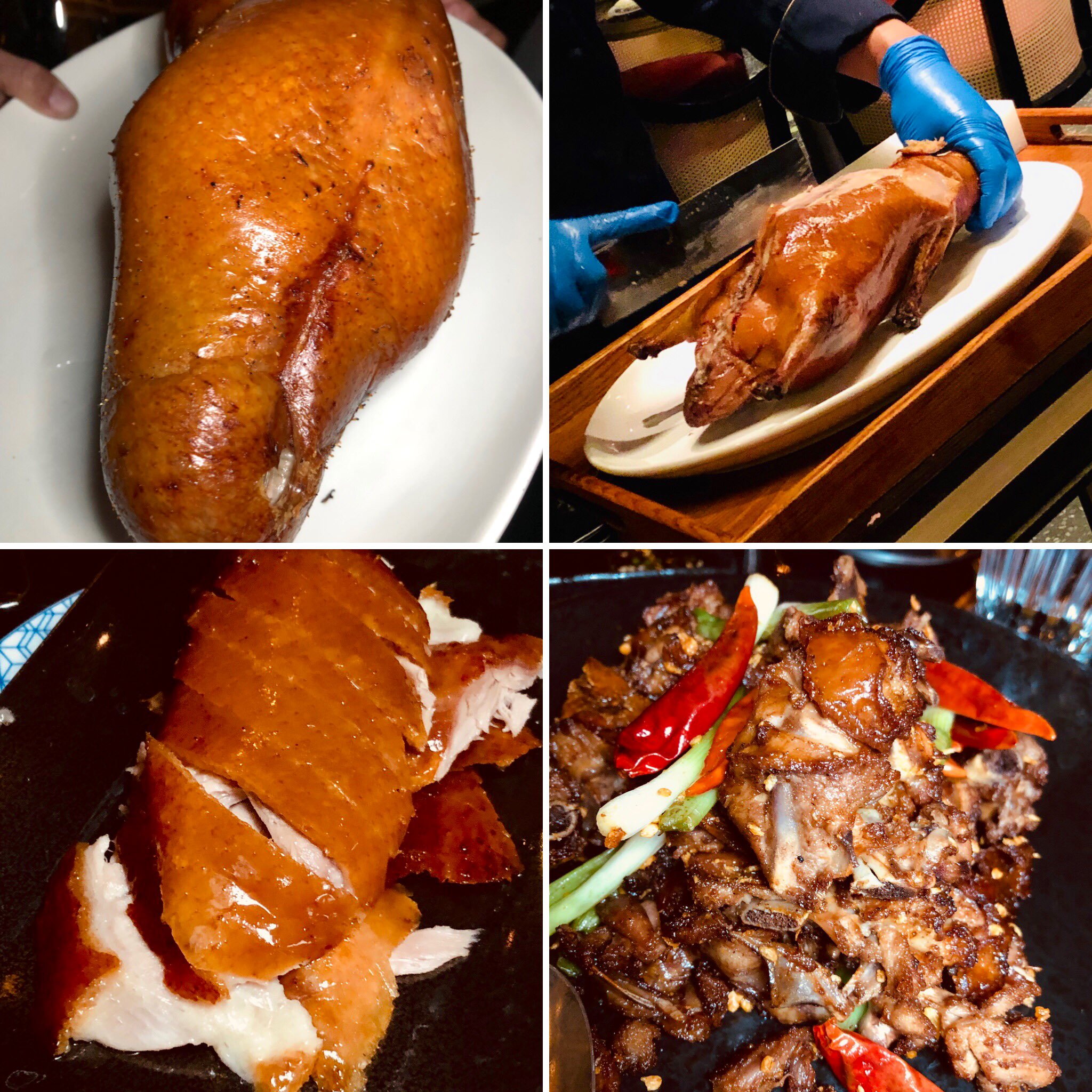
RESTAURATEUR OF THE YEAR – Dan Krohmer (Other Mama, Hatsumi, La Monjá)
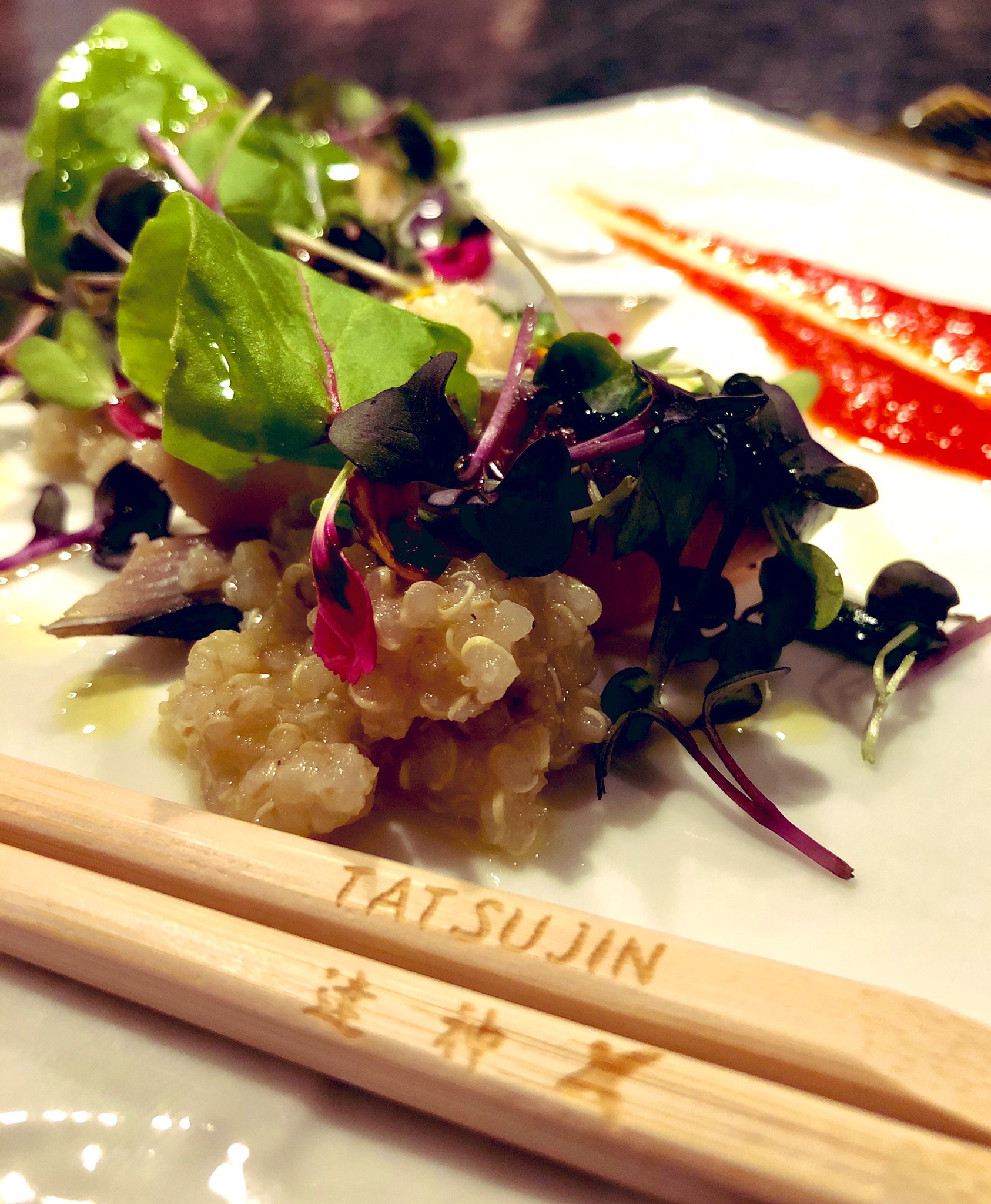
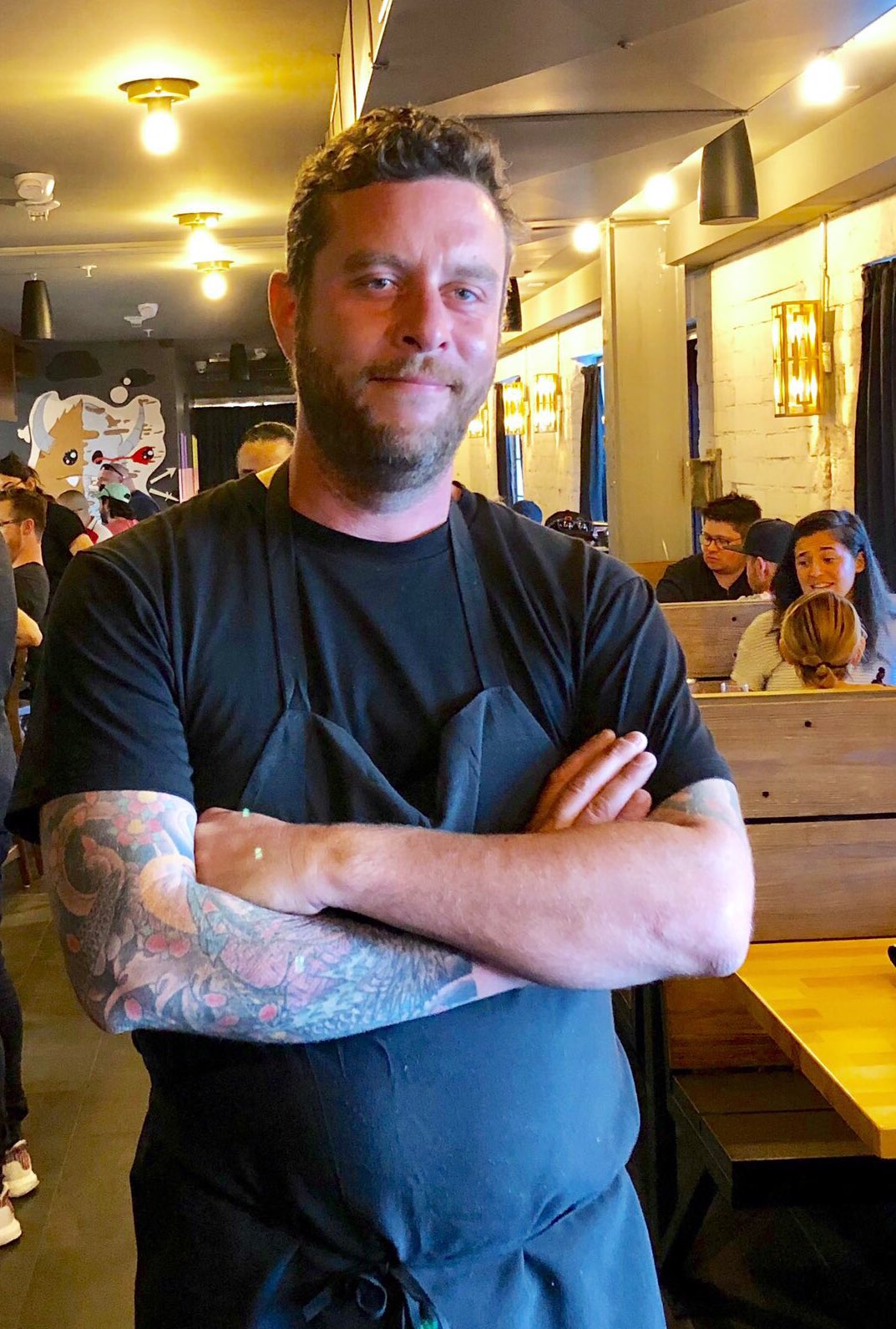


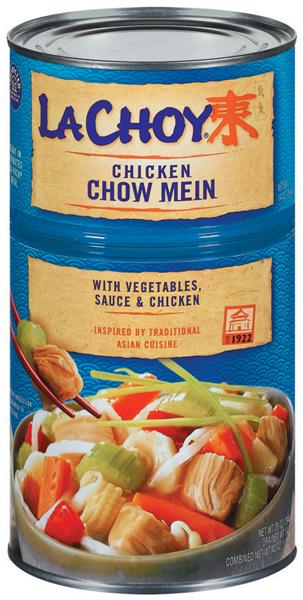
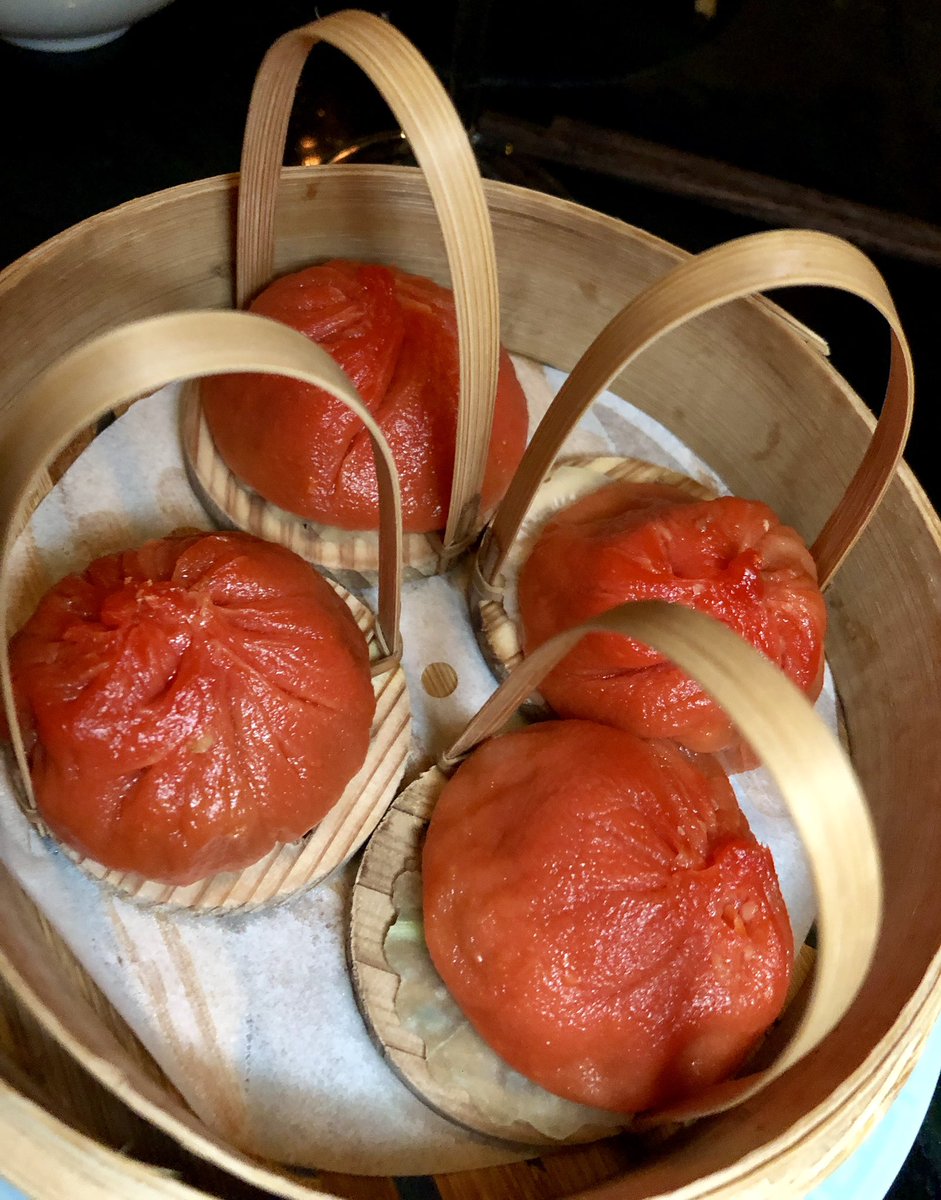 (Hot and sour Shanghainese xiao long bao)
(Hot and sour Shanghainese xiao long bao)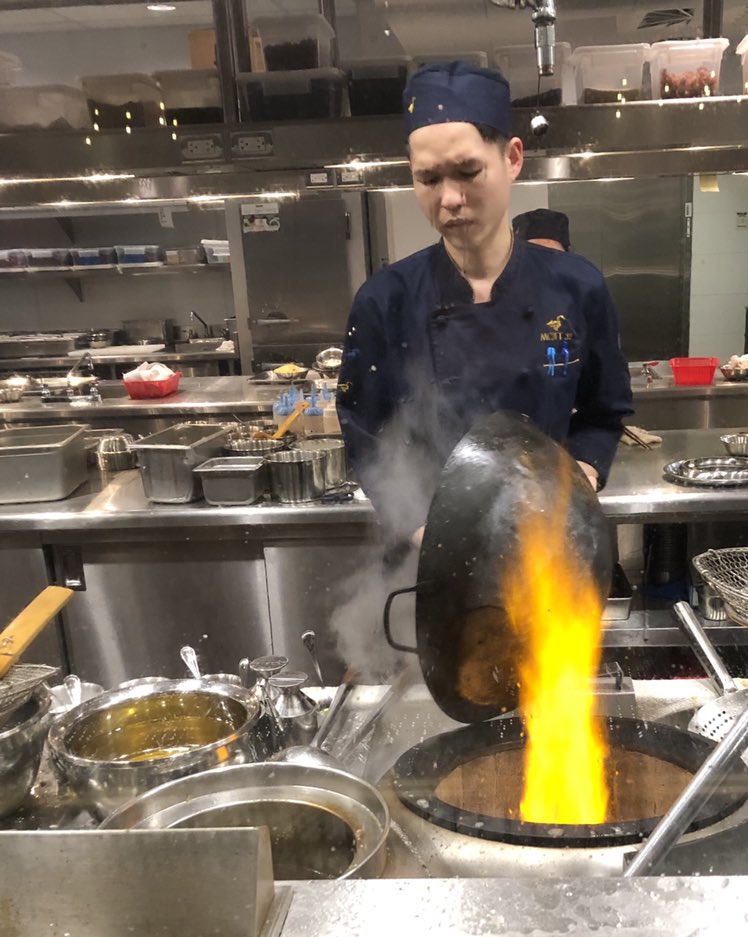 (Dinner and a show – this kitchen provides both)
(Dinner and a show – this kitchen provides both)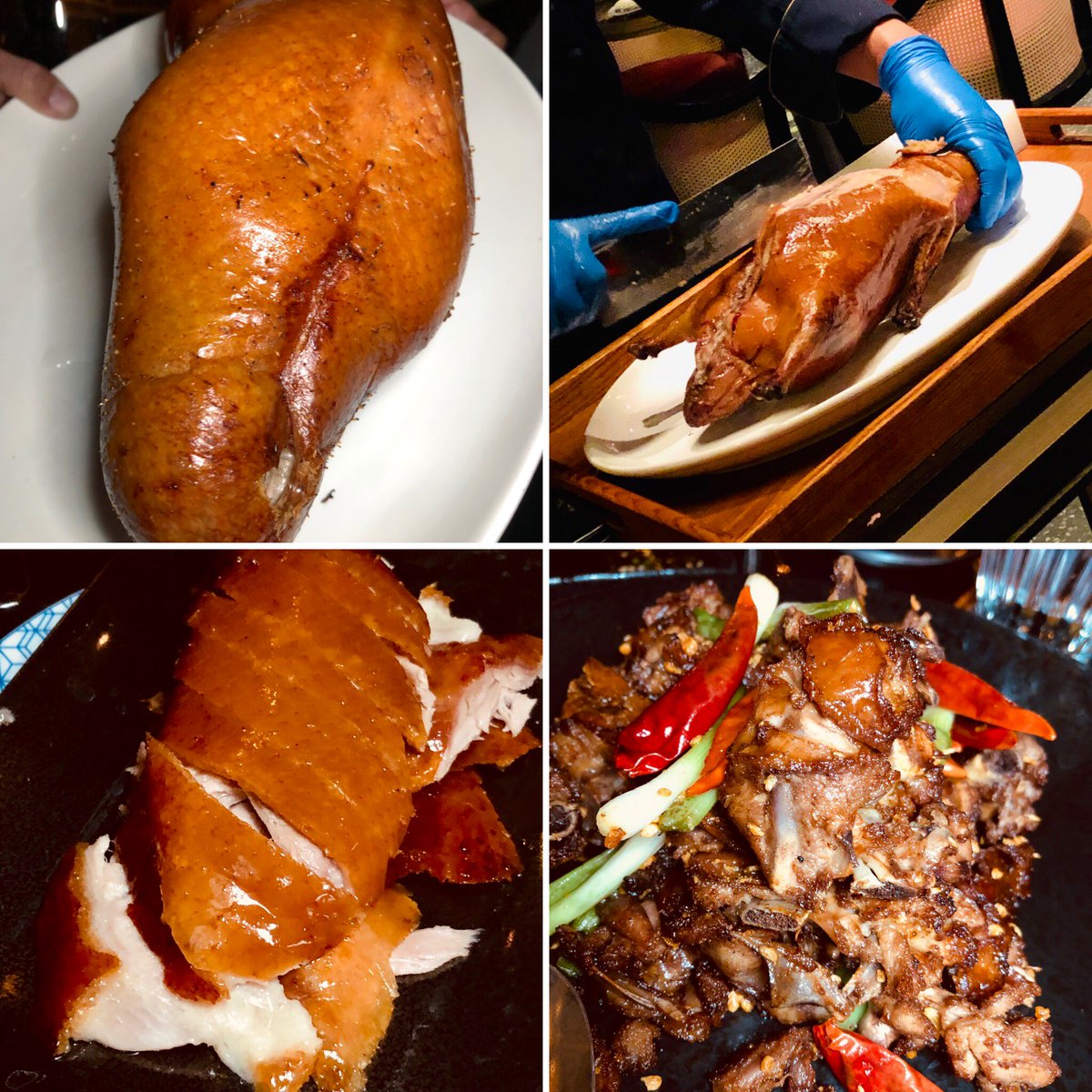 (Just ducky)
(Just ducky)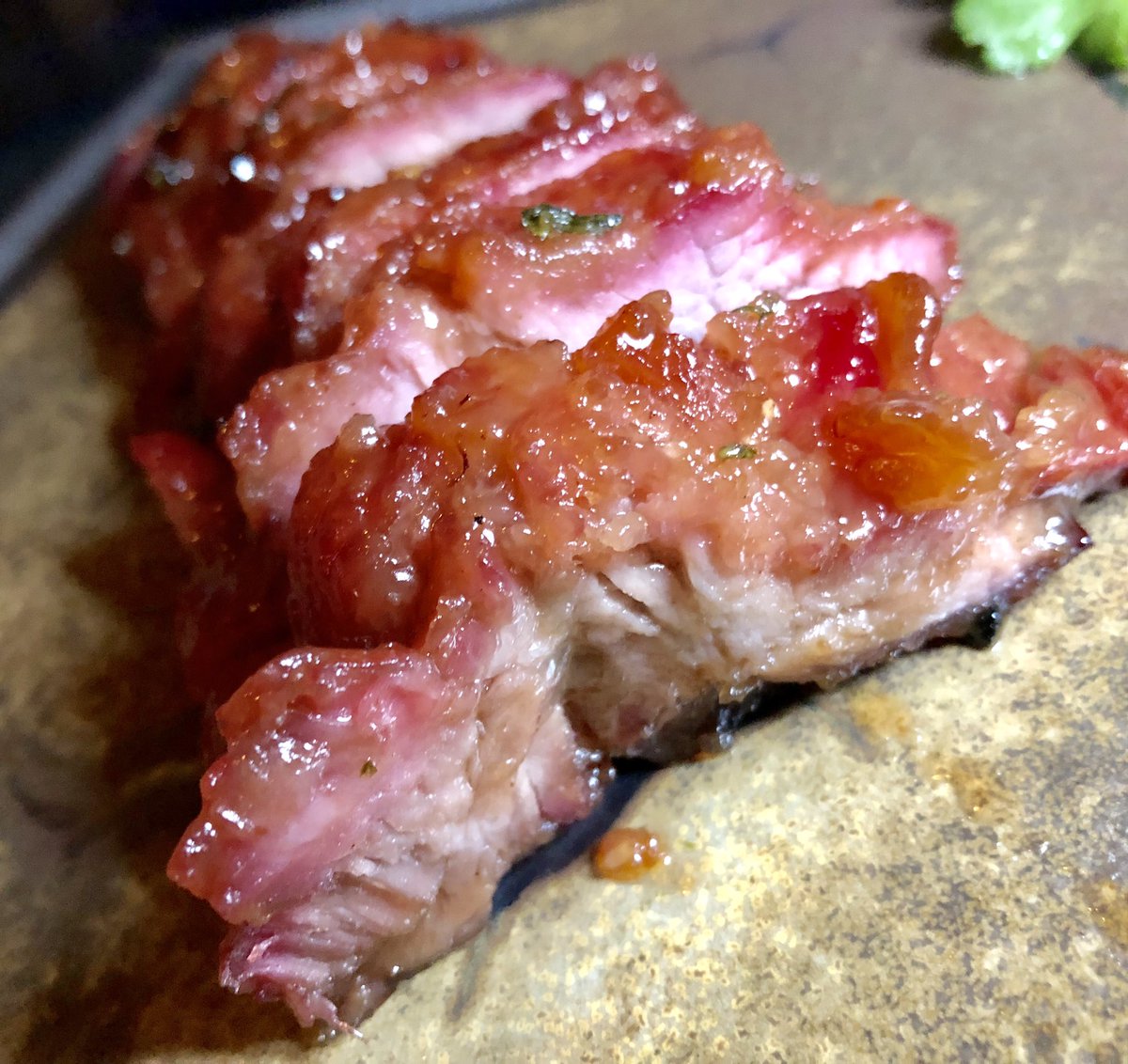
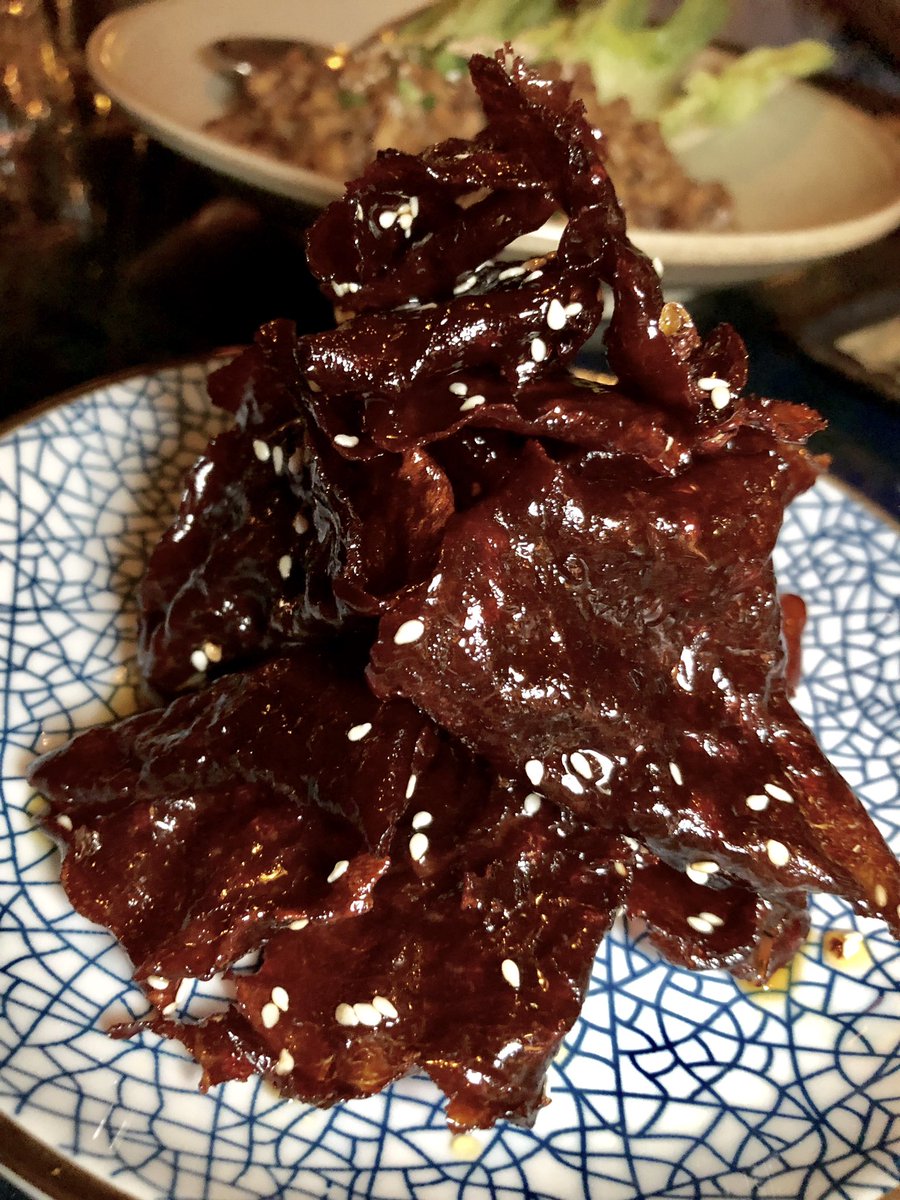 (We’re not in Panda Express anymore, Toto)
(We’re not in Panda Express anymore, Toto)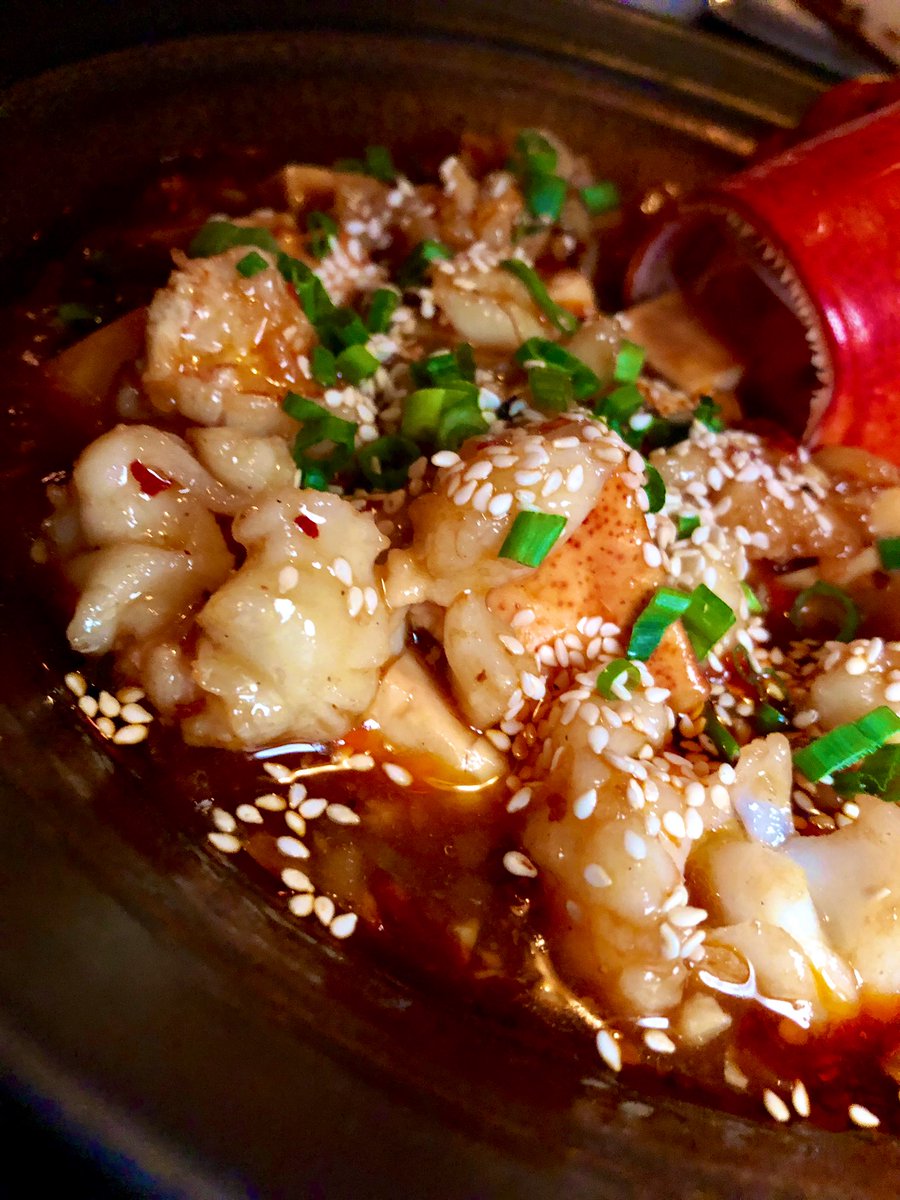
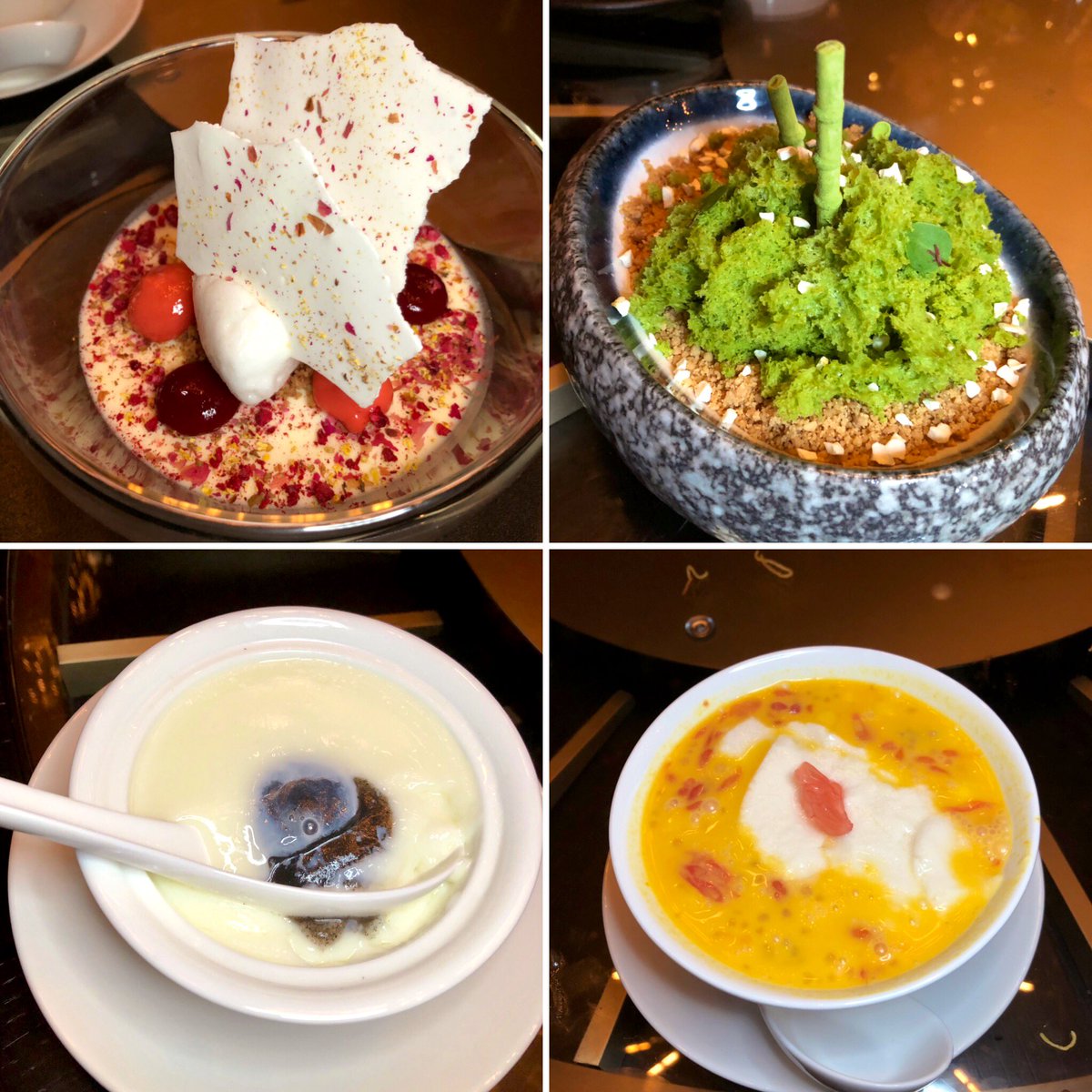 (The Cantonese love their custards)
(The Cantonese love their custards)